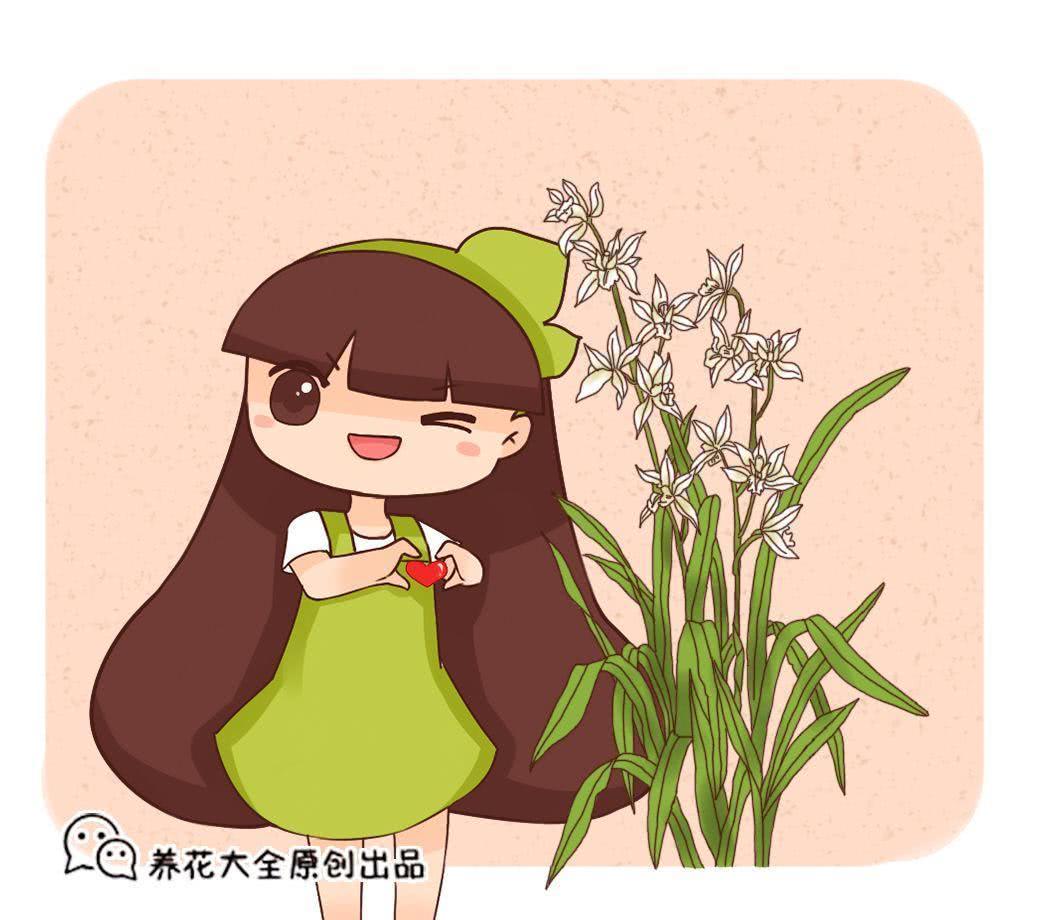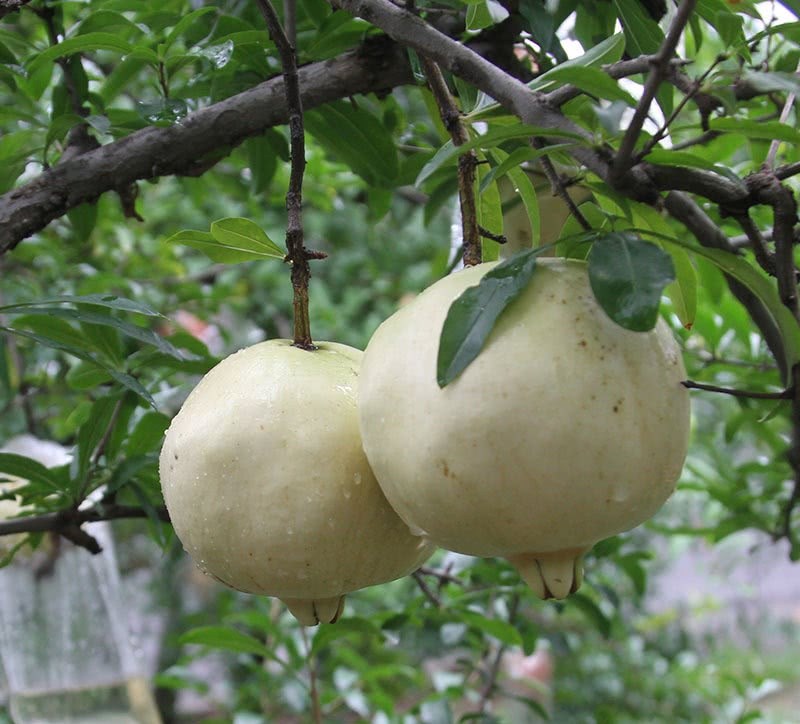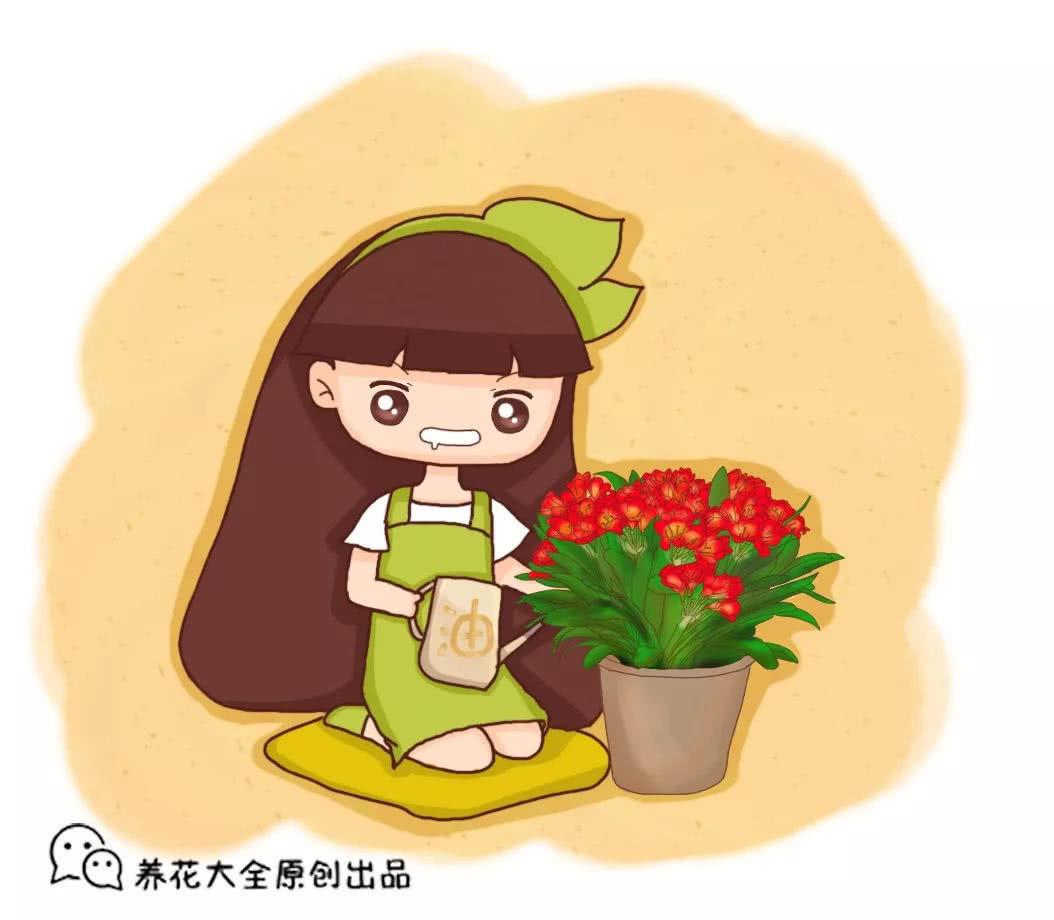The orchid is packed in a plastic bag to cover eight buds in one night. All the old flower farmers admire it.

Autumn is a good season for orchids to grow. An orchid has a treasure that is the old Reed. Don't underestimate this thing. Cover it for a while and it can sprout. When it's done, it's a new orchid. You can save a lot of money by buying it. Let's see how to operate it.
Cover your head with Reed and sprout in half a month.
1. When changing the basin, gently peel off the old Reed head of the orchid (which must be fresh, full and disease-free), soak it with potassium permanganate solution for half an hour to disinfect and dry.
2. Prepare clean water moss, without water moss, or use clean, disease-and insect-free moss.
3. Wrap the old Reed head in water moss, wet it, seal it in a transparent bag, and cover it in a warm sunny place for a period of time. Be careful not to get too wet, the old Reed is easy to rot.
4. Open the mouth of the bag every few days to get some air, and after more than half a month, the Reed head begins to germinate. once it germinates, poke several holes in the bag to ventilate and drain.
5. After the new buds of the old Reed head unfold the leaf mouth and produce new roots, to transplant, first use coarse plant material to pad the basin bottom, then use fine grain mud and small ceramsite to plant seedlings, and the Reed head can be buried deep in the implant 1~2cm.
Be careful
1, dry black Reed head can not be used, such old Reed head has no regeneration ability, no matter how to cover it can not sprout, just throw it away.
2. don't be impatient, don't pick up the plant material without moving, it's easy to hurt the new buds.
3. Do not apply fertilizer in the process of covering the bud, otherwise the Reed head and new buds will rot away.
What if orchids don't blossom in autumn?
1. Lack of phosphorus and potassium fertilizer will not blossom.
Some orchids grow very well, but do not blossom all the time, it is very likely that there is sufficient nitrogen fertilizer and insufficient phosphorus and potassium fertilizer, resulting in only growing leaves but not blooming.
Solution: foliar spray of potassium dihydrogen phosphate, once every 10 days, for 2 or 3 times in a row, the effect can be seen. (note that it is done in the early morning or dusk)
2. Early pots do not blossom.
Orchids do not have to be divided into pots. Spring orchids need a large pot to blossom, not to mention other varieties. A pot of three or five seedlings is difficult to blossom for several years.
Solution: generally, a pot needs 30 to 40 seedlings to blossom, unless it really can't grow and then divide the pot.
3. The temperature difference is too small to blossom
The original orchids generally grow in rocks or valleys, and the temperature difference is especially large sooner or later in order to pull out the pedicels. If the indoor temperature difference is too small, it will not blossom.
Solution: after autumn, the temperature difference increases in the morning and evening, move the orchids out of the outdoor ventilation and maintenance, do not stay in the house all the time.
What if the orchid leaves turn yellow?
The yellowing of orchid leaves is very common, mainly due to the following reasons.
1. Water yellow
The young leaves are dull and the new shoots are shrinking, which means that they have been watered too much.
Orchids like wet, but do not like stuffy airtight, often spray water around the leaves, watering can see dry wet, but there can be no stagnant water, after each watering to open the window ventilation.
2. Fat yellow
When fertilizing too much, the old leaves will turn yellow and fall off. Although the new leaves are thick and shiny, they are uneven and uneven.
Orchids are not fat-loving plants. In the period of flower bud differentiation, it is enough to spray potassium dihydrogen phosphate solution twice a month, and do not apply more fertilizer at other times.
3. The light is too strong
Outdoor maintenance, when the light is too strong, the leaves will be yellow, dry tip, new buds are very small.
The summer heat has not completely subsided, pay attention to the shade at noon ~
4. The soil is stuffy and airtight.
If the soil is too sticky and airtight, the orchid leaves will turn yellow.
Check whether the root system is rotten, cut off the rotten part, disinfect and dry, change the soil on the pot again, raise orchid in plastic flowerpot, plant material should not be too fine, prevent stuffy root.
Flower friends, have you learned everything?
Don't hide your secret tips on raising orchids.
Remember to share with your friends.
- Prev

This white fruit was eaten every day in the mountains 30 years ago, and no one wants to eat 15 jin today.
Speaking of fruit, it is estimated that we will eat it every day. We all know the benefits of fruit, and now there are so many kinds of fruit that we can choose the fruit we like. Eating more fruit basically won't be bad.
- Next

The waste oil in the range hood, these six kinds of flowers like to eat a few spoonfuls without fertilizing for 3 years.
Autumn is the time for flowers to grow. Now hurry up to fatten the flowers and paste some "autumn fat". Only in this way can we get through the winter. Huahua recently discovered that the waste oil from the kitchen range hood is a good thing that can make the flower fat flow oil. The 7 that I'm going to say today.
Related
- Wuhan Hospital Iron Tree Blooming Result Was Instantly Frightened by the Gardener Master
- Which variety of camellia is the most fragrant and best? Which one do you like best?
- What is the small blue coat, the breeding methods and matters needing attention of the succulent plant
- Dormancy time and maintenance management of succulent plants during dormancy
- Minas succulent how to raise, Minas succulent plant pictures
- What are the varieties of winter succulent plants
- How to raise succulent plants in twelve rolls? let's take a look at some experience of breeding twelve rolls.
- Attention should be paid to water control for succulent plants during dormant period (winter and summer)
- Watering experience of twelve rolls of succulent plants
- Techniques for fertilizing succulent plants. An article will let you know how to fertilize succulent plants.

